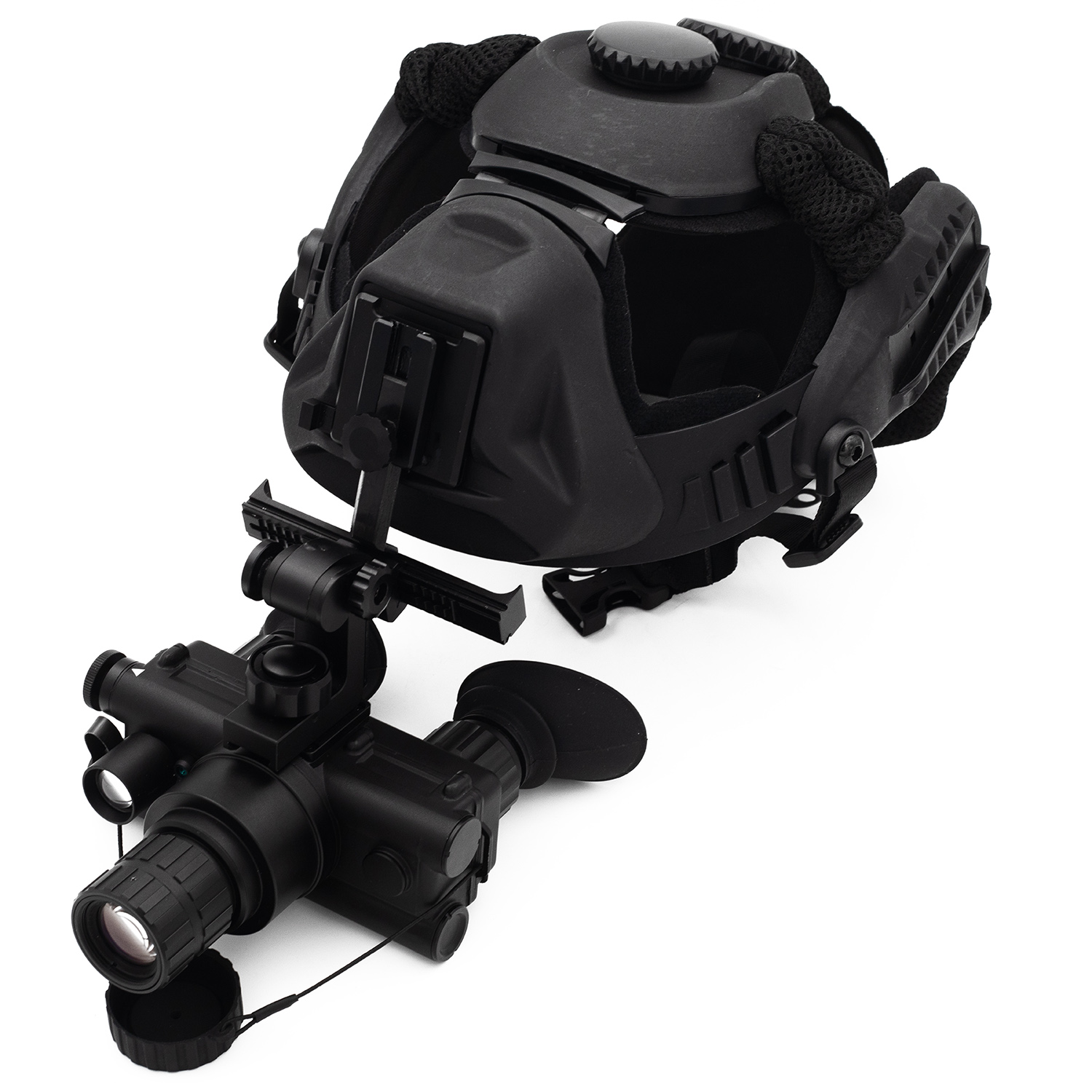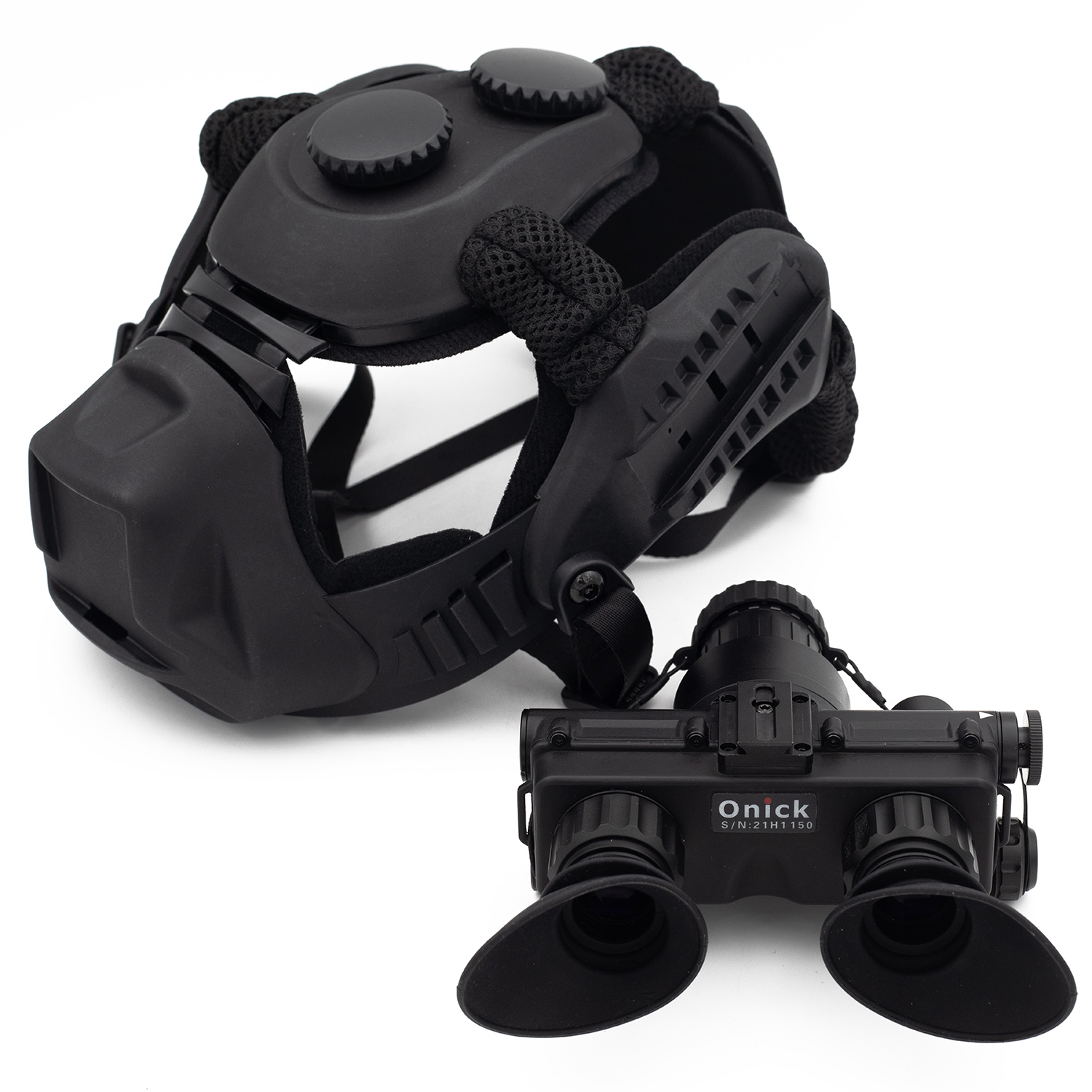When darkness falls, military personnel must be equipped with the right gear to maintain operations and stay safe. One of the most important tools in their arsenal is the night vision goggle (NVG), a weapon that penetrates the darkness and allows them to see in low-light conditions.
So, how do NVGs work? Simply put, they amplify available light by using a combination of lenses, sensors, and image intensifiers to capture and amplify incoming light. There are two main types of NVGs: image-intensifying (I2) and thermal imaging (TI).

Image-intensifying NVGs work by amplifying existing light and converting it into electrical energy. A photocathode within the goggles converts the incoming photons into electrons, which are then accelerated by a voltage and focused onto a phosphor screen to produce a visible image. I2 NVGs are effective in low-light situations with some ambient light sources, such as moonlight or starlight, and are commonly used in field operations.
Thermal imaging NVGs, on the other hand, operate by detecting the heat signature of objects and converting it into a visible image. A heat-sensitive sensor detects the temperature differences between objects and converts this into a visual representation. TI NVGs are effective in situations where there is no ambient light, such as in complete darkness or through smoke or fog.

While NVGs are an essential tool for military personnel, they do have their limitations. They cannot see through solid objects, such as walls or doors, and can be affected by extreme weather conditions. Additionally, they require a power source, typically a battery pack, and maintaining the battery life can be crucial in the field.
In conclusion, the development of NVGs has greatly enhanced the ability of military personnel to navigate and operate in low-light conditions. Through a combination of lenses, sensors, and image intensifiers, NVGs can amplify existing light or detect heat signatures to produce a visible image. However, they do have their limitations and require careful maintenance and upkeep to ensure reliable operation in the field.




